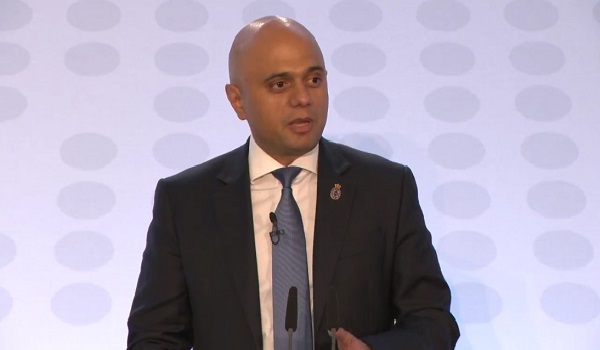Moving up a gear: Embedding ANPR into mainstream policing
Ten years after the introduction of ANPR, PA Consulting Groups Richard Bailey, Carl Roberts and Robert Smith discuss how it could become a powerful tool in combating todays serious and organised crime threats.

Ten years after the introduction of ANPR, PA Consulting Groups Richard Bailey, Carl Roberts and Robert Smith discuss how it could become a powerful tool in combating todays serious and organised crime threats.
Introduced in 2002, automatic numberplate recognition (ANPR) is now a core tool for policing efforts across the UK, with in the order of 10,000 cameras providing 14 million feeds a year to the ANPR national data centre. The volume of data which is available, coupled with the value of vehicle analysis to be included as part of a multi-source intelligence product, provides a powerful tool to create actionable intelligence to disrupt criminal behaviour.
PA Consulting has worked in and around ANPR since the original Project Laser pilot which tested the concept of ANPR through intercept teams and mobile vans. Our evaluation proved that ANPR intercept teams could arrest many more offenders and bring more offenders to justice than conventional methods of policing.
Since the introduction of Project Laser, PA Conulting has supported the police in the use of ANPR including the Project Insight pilot that explored ways to maximise ANPR as an intelligence tool.
Despite the initial roads policing and early intelligence benefits of ANPR, its full potential remains unrealised. It is not yet a mainstream policing tool there is limited awareness of its full benefits across investigations and ANPR data is not always well integrated with other crime and intelligence information.
ANPR should be a mainstream tactic in forces for disrupting and diverting criminal activity but too often it is not considered. Total policing activity in large cities, for example, could routinely automate the analysis of vehicles known to be used by gangs to identify regular routes, storage locations or meeting places. ANPR cameras could also be routinely positioned on strategic road networks to disrupt serious and organised crime gangs by targeting key transit routes. Embedding ANPR as a core policing tactic provides a low-cost approach to targeting all levels of criminality.
Below we explore how forces should be positioning ANPR to realise its full potential and build awareness as to how it should be embedded as a mainstream intelligence tool.
Better business as usual, targeting of crime hotspots and transit routes
Cross-referencing with other data sources can provide a powerful criminal business profile or network analysis of gang membership and modus operandi (MO). Proactive ANPR in vehicles and static locations can be used to intercept known gang-related vehicles to disrupt activities as a core tactic for level two and organised crime teams as well as the more traditional use in roads policing unit.
Building powerful data mining into ANPR will allow clearer patterns of behaviour to be identified, more easily linking ANPR data with other sources
As the Independent Police Complaints Commission (IPCC) report into the tragic case of Ashleigh Hall shows, ANPR offers lines of inquiry which are sometimes not followed-up due to the volume of reads. Forces are often not exploiting the potential intelligence from ANPR due to the difficulties in manipulating and running complex analytical queries on large volumes of data. The capabilities to automate this analysis do exist but forces need to consider how to best invest and exploit them.
Tools should be available to sex offender managers to routinely identify ANPR hits related to registered sex offenders, or other potentially dangerous persons, to enable quick time response. Running these tools on the national ANPR data centre provides a level of reassurance from a national, rather than force, perspective. This analysis capability needs to be more fully available at force level. Major incident teams should consider ANPR as a core tool for any line of inquiry involving a vehicle. To quote Metropolitan Police Service Assistant Commissioner Simon Byrne: While the IPCC concluded it was impo


